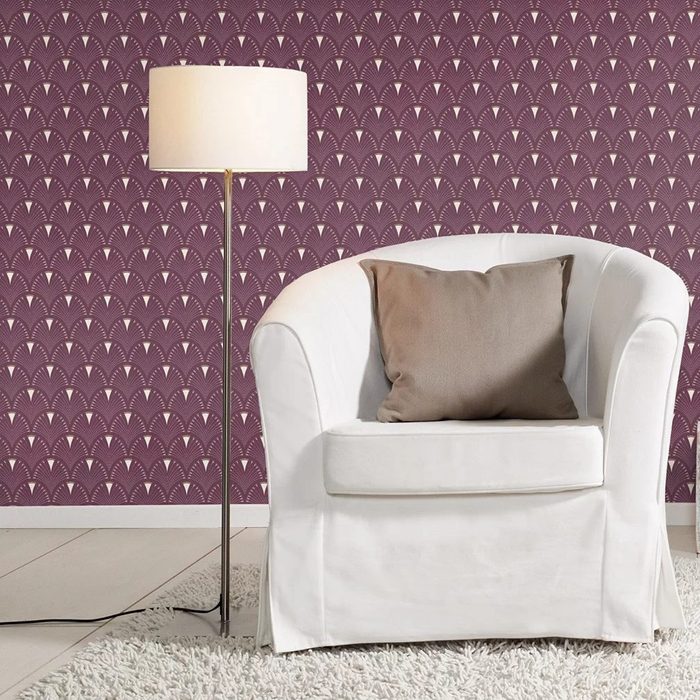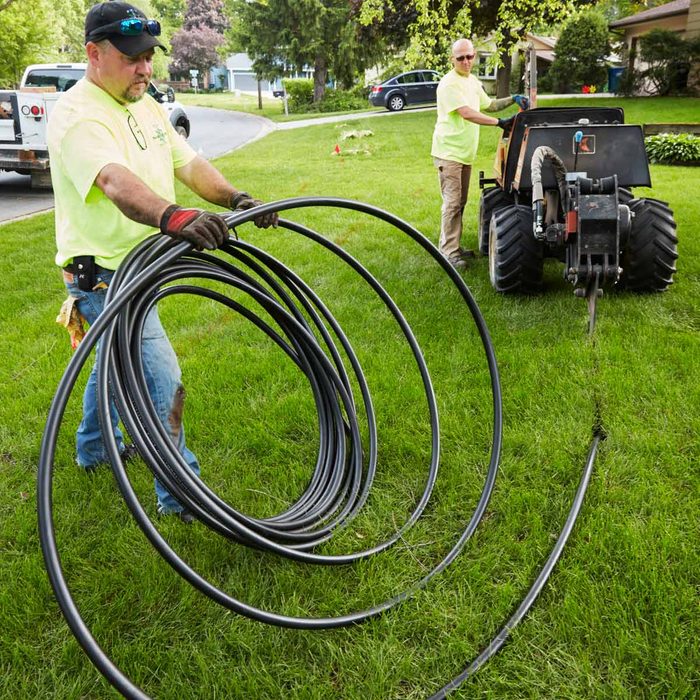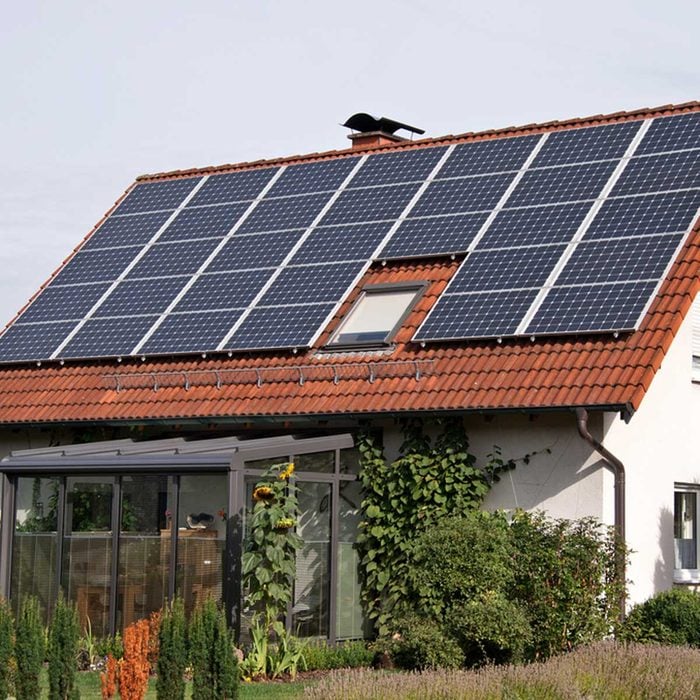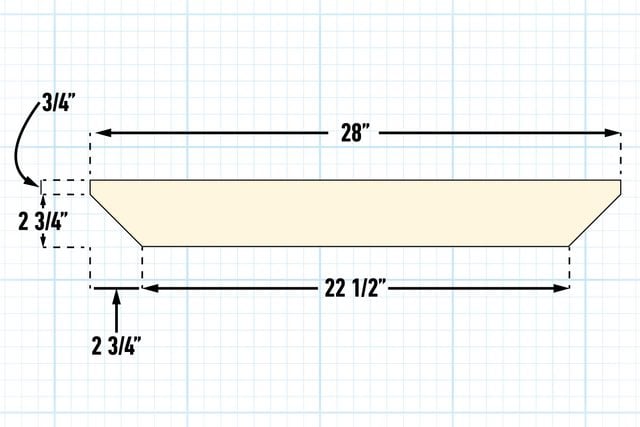The time has come: You’re selling your home. And no matter what your situation, ideally you want it off your hands as quickly as possible. One way to help it move quickly is to repaint your interior walls.
“There are several reasons to paint a home prior to selling,” says Shaun Larson, a real estate broker and general contractor with Parks Real Estate near Nashville, Tenn. “One is to refresh the home’s condition from it being worn, resulting in dirty, scratched or chipped walls and trim. Another is to make it appear newer and more marketable, leading to a quicker sale at a higher price.”
But before you pick up the paintbrush, spend some time choosing your paint colors. Larson suggests considering these factors:
- The region where the home is and what trends are popular there.
- The style of the home — contemporary, traditional, etc.
- Size of the home and individual rooms.
- Landscaping conditions and whether they reduce light levels in the home.
- Architectural elements of the home, like large overhangs that reduce interior light levels.
- Color of light entering the room: strong sun (warm light) or shade
(cooler light).
With that in mind, here are the colors our real estate pros encourage their clients to paint their interiors for a quick sell.
White
“Repeat this 10 times really fast: White, white or maybe white is the only interior paint color you need to sell your house well and quickly.” says Baron Christopher Hanson with Coldwell Banker Realty in Florida. “Why? White makes your home look bigger and brighter inside, especially if you are staging.”
White allows the buyer to envision their perfect color palette, Hanson says. “Unless you have a crystal ball, trying to guess which paint colors your highest offer buyer will like is akin to winning the lottery,” he says. Choosing white might save you money, too, because it’s a perfect primer for any color the new owner may want to paint — and may prevent a demand for a painting credit prior to closing.
“Don’t gamble,” Hanson says. “Don’t splurge. Don’t try to read the market’s minds. Just paint your interior white, and let the new buyer choose their own custom interiors colors or wallpapers.”
Eyal Pasternak, a Realtor for Liberty House Buying Group in Miami, says one house that sold quickly was all white with navy blue accents.
“This house was located in a neighborhood with very similar homes,” Pasternak says. “I believe I was able to sell very fast due to the interior paint, which made it easier for the buyer to place their furniture. Other homes in the neighborhood had walls with bold colors, which weren’t looked favorably upon.”
Larson says some of the most popular interior wall colors are Sherwin-Williams Alabaster, Shoji White, Snowbound and White Flour. But be careful. “Consider whether you’re painting walls or trim and ceiling as well,” he says. “If you accidentally mix cool and warm tones, what may have been an attempt to brighten a room may have all of a sudden made something else look yellowish relative to the new paint.”
Need a classic white? Realtor Eric Hegwer of Austin, Texas says Benjamin Moore’s Chantilly Lace is a good bet. He finds most buyers are “indifferent” to accent walls or wainscoting.
Gray, Beige and Greige
On the other hand, some real estate pros told us white can sometimes feel cold. Light and airy should be your priority when choosing interior paint to help sell your home.
Bill Gassett, a Realtor for Maximum Real Estate Exposure in Hopkinton, Massachusetts, loves Benjamin Moore’s Stonington Gray, a light, soft hue he says pairs well with white trim. “When you want to sell your home, it is an excellent choice that is popular with many potential buyers,” he says. “Stonington Gray has looked good in so many homes that I decided to paint some of the rooms in my own home this color.”
Larson says Sherwin-Williams Repose Gray and Amazing Gray are also popular options for comfy gray.
Bill Samuel, a real estate developer and contractor for Blue Ladder Development, says he loves Behr’s Water Chestnut in a flat finish. “It’s a neutral beige shade that will appeal to a broad spectrum of buyers,” he says. “The flat sheen does a better job of covering up prior blemishes and gives you a cleaner finished look.”
He adds it presents equally well in natural and artificial lighting.
Light Pastels
Our real estate pros generally agree: Some light color is OK if used properly.
“If you want to splash a little more color, the safe bet is to go with light and airy hues like pale pink, light blue, mint green and lavender,” says Rinal Patel, Realtor and co-founder of We Buy Philly Home. “These tones can transform a room and make it feel warm and inviting.”
Light peach and pink can feel luminous, warm and welcoming if done right. Blues are a universal favorite among buyers. Sage green is making a strong comeback. Just be careful — you want potential buyers to feel like the home is theirs, not yours.
Final Tips
“I try to keep tabs on current trends on Instagram,” Hegwar says. “I see a lot of influencers using dark, moody colors, or even Jungalow-inspired bright colors, but those haven’t come to the suburbs of Austin where I’m working.” Which means once again: location, location, location. Make sure your interior paint is in line with the tastes of people where you live.
A final word of advice, from Patel:
“Uniformity is key. You want all of the rooms in your home to flow together, so choose a consistent color scheme. This doesn’t mean every room should be the same color, but pick a few hues that complement each other. Then use them throughout your home to create a cohesive look that potential buyers will love.”
Article source here:
The Most Popular Wall Paint Colors for Selling a House


















